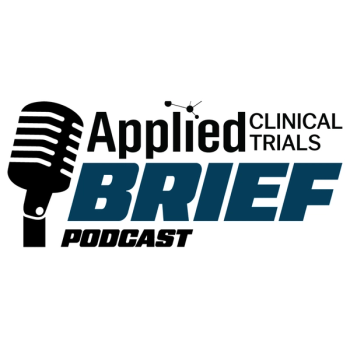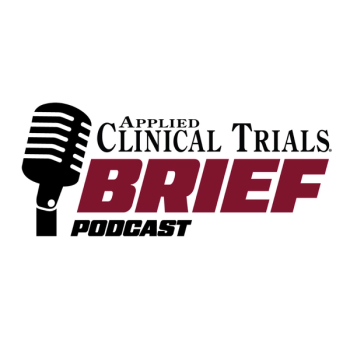
Almac’s Clinical Technologies Division Undergoes Successful Joint GCP-GMP MHRA Inspection
Almac’s Clinical Technologies
division announced today that it had successfully passed one of the UK’s first joint routine GCP/GMP Medicines and Healthcare Products Regulatory Agency (MHRA) inspections at its Craigavon, UK site. This involved senior MHRA inspectors from both its GCP and GMP areas assessing compliance with UK and European legislation.
The MHRA inspection was conducted on the GMP side to determine whether Almac’s IXRS integrated phone and web response system was able to adequately ensure that expired products were not shipped to sites or dispensed to patients at clinical trial sites. Additionally the system was reviewed in general terms for its compliance with Good Clinical Practices (GCP). Almac Clinical Technologies received notice from MHRA that no serious findings were found in any of these areas or others investigated by the regulatory agency.
This was the first time in its history that Almac’s Clinical Technologies division has been inspected by a regulatory authority. The inspection was conducted as part of a routine inspection plan and process of MHRA and was not triggered by any particular events, issues, or potential violations at Almac. MHRA routinely conducts inspections of both pharmaceutical companies and associated vendors who are involved in clinical trials. The results of the MHRA inspection were reported to Almac on 3 September 2010 after the company was inspected from 23-25 August 2010.
Newsletter
Stay current in clinical research with Applied Clinical Trials, providing expert insights, regulatory updates, and practical strategies for successful clinical trial design and execution.






.png)



.png)



.png)
.png)
